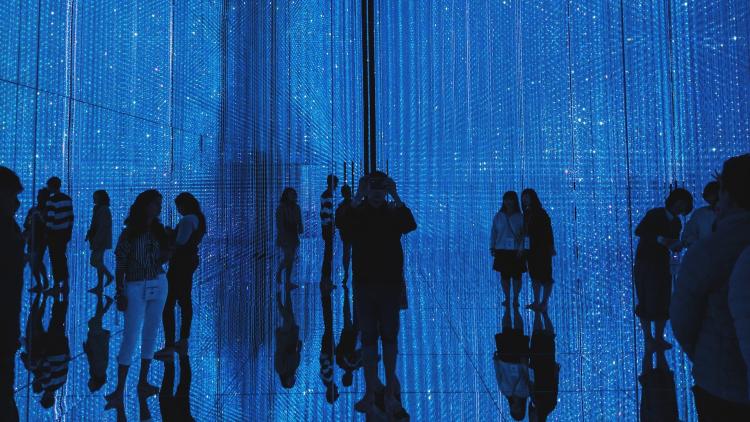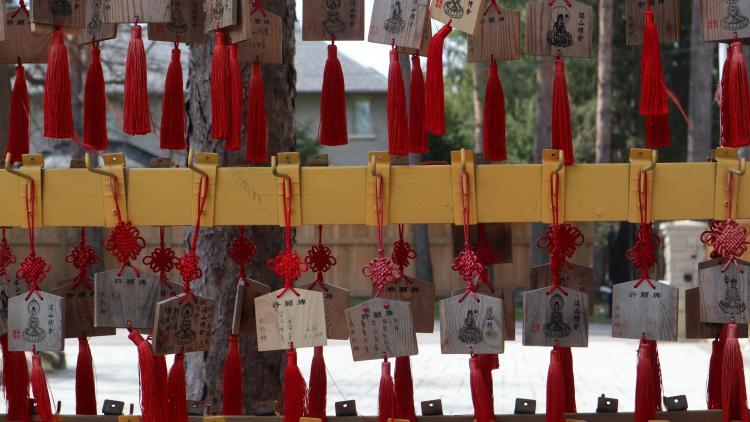Japanese Art and Visual Culture

Key information
- Start date
- End date
- Year of study
- Any
- Duration
- Term 2
- Module code
- 15PARH008
- FHEQ Level
- 7
- Credits
- 15
- Department
- School of Arts & Department of History of Art and Archaeology
Module overview
This module aims to introduce aspects of the history of Japanese visual culture in relation to religious, literary, historical and/or social contexts.
The material covered may address a particular theme - such as Prints, Paintings and Popular Visual Culture or Canons and Culture in the making of modern art in Japan – within a particular period in Japanese history, such as the Edo (1603-1868) or Meiji (1868-1912) periods, or over a longer time span. The material examined may range from paintings, prints or illustrated fiction to lens-based media. Class discussion will be complemented by study-visits to museums.
Objectives and learning outcomes
On successful completion of this module students will be able to
- Examine how and why the arts have been produced and used within the cultural and social contexts of Japan.
- Assess critical issues in the study of the visual arts of Japan before 1945.
- Critically evaluate the historiography of the art and visual culture of Japan.
Workload
- Lectures: 1 hour per week
- Seminars: 1 hour per week
Method of assessment
- 1,000-word review/report (worth 30% of marks)
- 2,000-word essay (worth 70%)
Suggested reading
- J. Cahill, Sakaki Hyakusen and Early Japanese Nanga , California, 1983.
- M. Takeuchi, Taiga's True Views , Stanford, 1992.
- H. Link, Theatrical Prints of the Torii School, Honolulu, 1977.
- T. Screech, Sex and the Floating World, London, 1999.
- T. Clark, Ukiyoe Paintings in the British Museum, London, 1995.
Disclaimer
Important notice regarding changes to programmes and modules.
Key staff
Lecturer in the Arts of Japan



